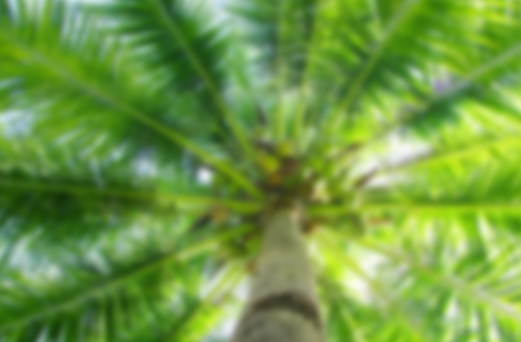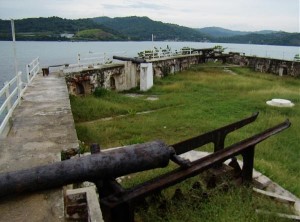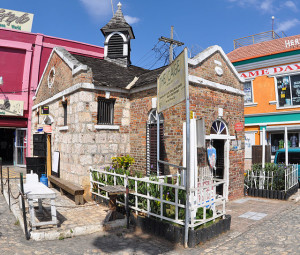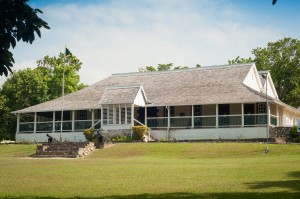Jamaica’s rich cultural history is deep, filled with fantastic tales and inspiring stories about the lives of its forefathers and early settlers. While much has changed, there are numerous heritage sites in Jamaica, which can take you back in time while you immerse in a range of fun activities.
Here are five of the top heritage sites in Jamaica:
Rose Hall Great House
The Rose Hall Great House is a grand edifice located about 10 km outside of Montego Bay. It showcases the best of Georgian architecture that was popular in the 19th century when it was built. However, it is known for much more than its building style. The house was part of a large plantation owned by St. Thomas Custos, John Palmer, who is said to have been murdered by his wife, Annie Palmer. Actually, the wife’s legacy is reputed to be one of magic, murder, and macabre, which left the house being labeled as haunted.
Visitors to the mansion, which was refurbished as a heritage site, are able to tour the house and view a variety of artefacts that were in use back in the day of the Palmers. You can even get the chance to visit the tomb of Annie Palmer and retrace her footsteps while checking out a number of gift shops and snack bars offering refreshments. The house also provides stunning views of Montego Bay, as well as the nearby Caribbean Sea, so prepare to be awed.
Fort Charlotte
If you’re into finding out about warfare back in the day, Fort Charlotte in Hanover is an ideal spot to check out. Built in the 18th Century, the fort was created by the British to guard that section of the island from attack. Jamaica was their crown jewel at the time and they were determined to stave off any attempts to capture the island from them by building a then state-of-the-art fortress.
Fort Charlotte is a picturesque area that offers great shots, so if you’re into photography and history, this will be a dream location for you.
The Cage
Another heritage site that’s part of Montego Bay’s rich history is The Cage. Built in 1806, The Cage is one of several heritage structures found in Sam Sharpe Square. Formerly called Charles Square, Sam Sharpe Square is Montego Bay’s central point in the city and was renamed in honour of National Hero, Sam Sharpe.
The Cage used to be a temporary prison for runaway slaves and vagrants. The structure used to be made out of wood until it was damaged and rebuilt with bricks.
Roxborough Castle Plantation
Roxborough, situated in the parish of Manchester, is the location of one of the must-see heritage sites in Jamaica. It is the birthplace of National hero, the Rt. Excellent Normal Manley.
The Roxborough Castle Plantation used to be a part of an estate recorded as “Roxbro Castle”. Manly and his family lived there until 1903, and was destroyed by fire in 1968. The foundation currently remains, and the Jamaica National Heritage Trust proposes to restore the building.
Seville Heritage Park
Situated outside the parish capital of St. Ann’s Bay, Seville has a very rich historical past, including the first encounter of Christopher Columbus with Taino Indians on May 5th, 1494 which happened in the property.
Seville Heritage Park comprises 121.4 hectares (300 acres) and is designated as a national landmark. Found within the plantation is the Seville Great House, which was turned into a museum where relics from Taino, Spanish, British and African communities in Jamaica are preserved.
This cultural and historical attraction is considered one of the most diverse in Jamaica. The site was added to the UNESCO World Heritage Tentative List on March 2, 2009, in the Cultural category. Visiting Seville Heritage Park lets you step back in time for some history lessons.
Numerous other heritage sites are to be found across Jamaica, but this is a good start if you want to get in deep with the island’s history while enjoying its natural beauty and people.










Comments